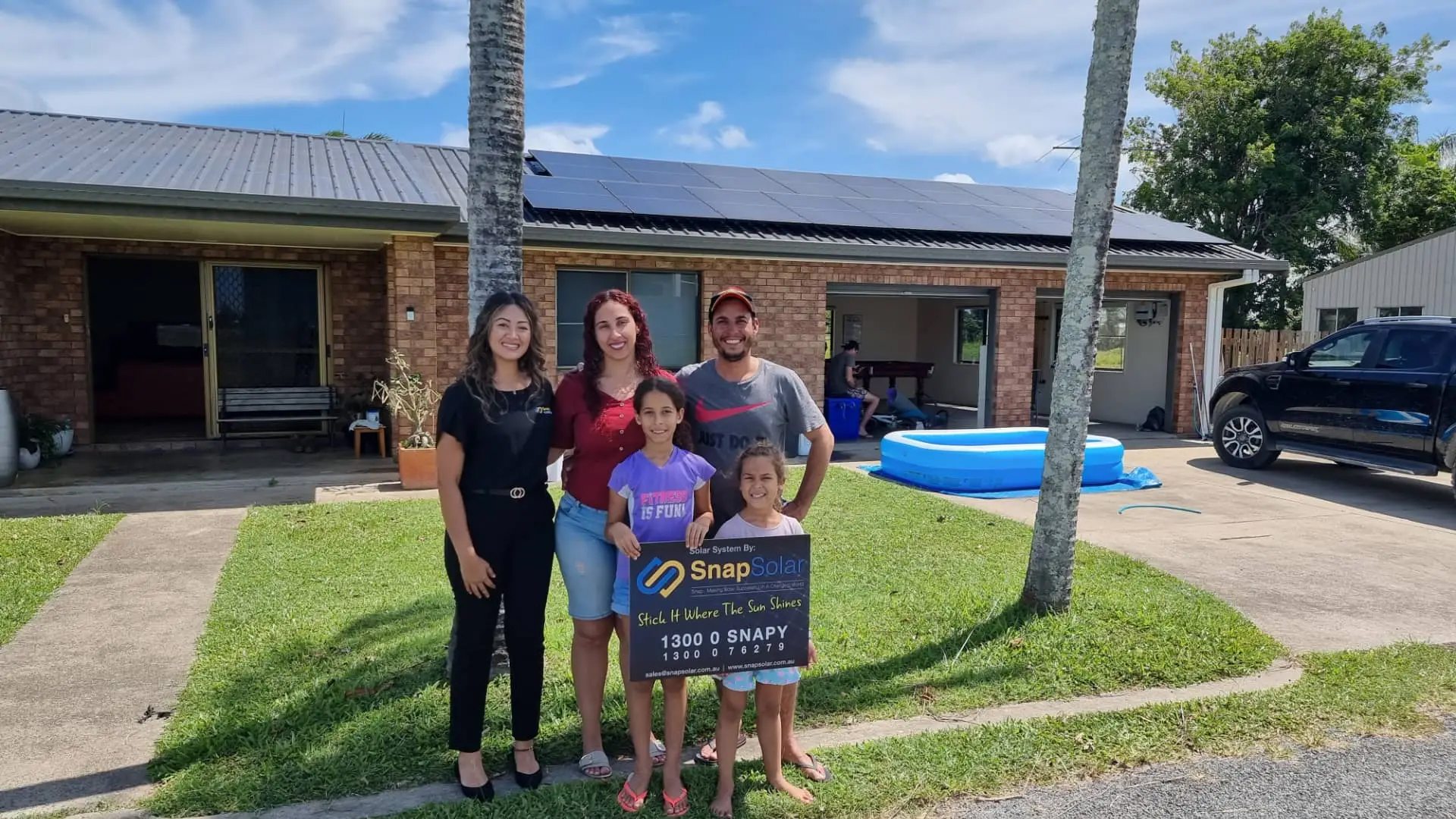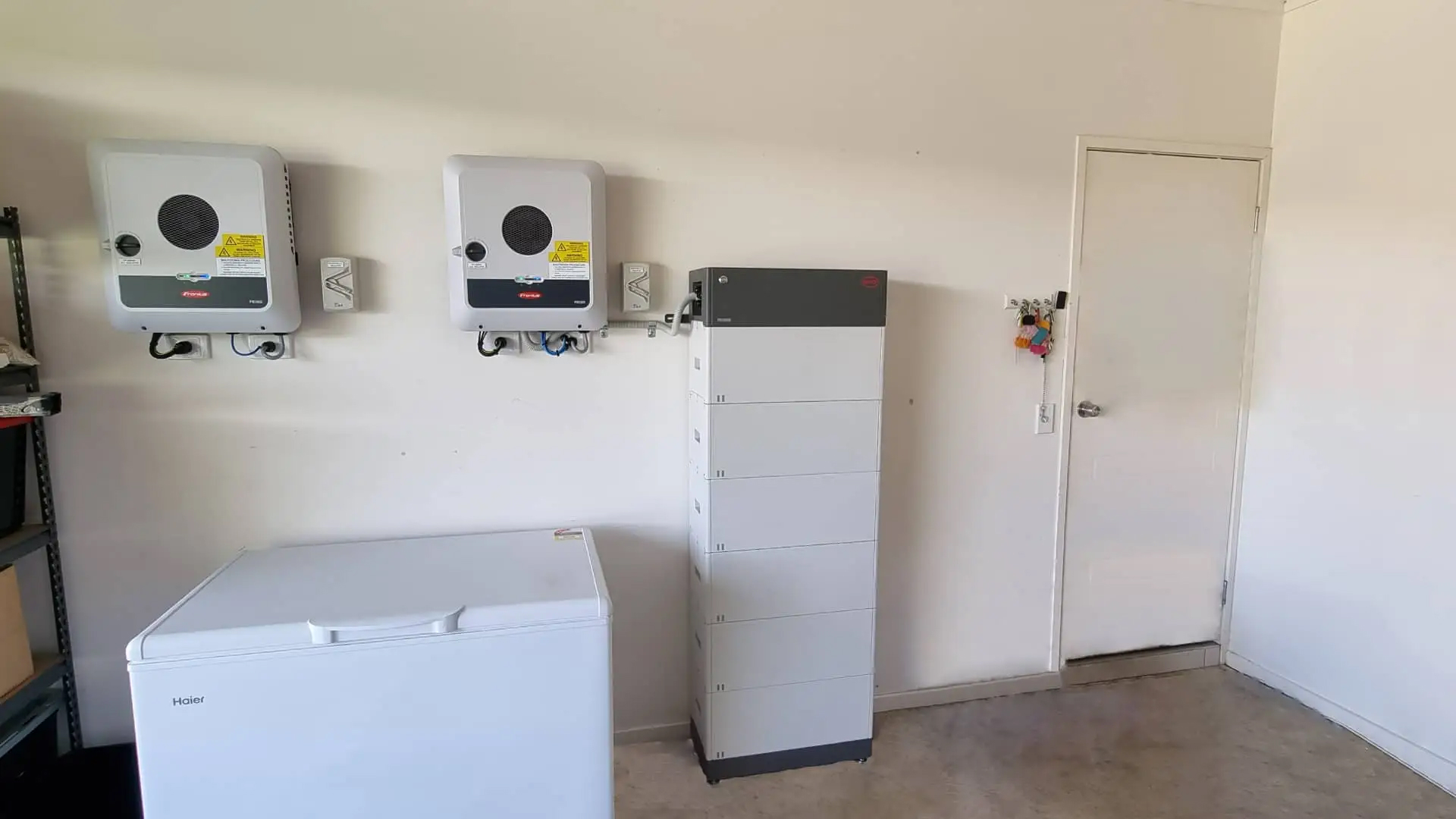Solar energy has emerged as a promising alternative to traditional power sources, providing homeowners with clean and sustainable electricity.
To make solar systems more accessible, many companies offer interest-free finance options, enabling individuals to install solar panels without any upfront costs.
While interest-free finance may seem like an attractive proposition, it’s important to understand the potential hidden costs associated with such arrangements. In this article, we will delve into the intricacies of interest-free finance for solar and shed light on some crucial considerations.
Higher Initial System Costs
Interest-free finance options for solar systems typically involve higher upfront prices. The absence of interest charges means that the financing company will look to recoup their costs through other means. Consequently, the price of the solar system may be inflated to compensate for the lack of interest payments. It is essential to compare the total cost of ownership, including the initial system cost, to determine the true value of interest-free financing.
Administrative and Processing Fees
While interest charges may be waived, interest-free finance agreements often come with administrative and processing fees. These fees can vary significantly and can add up to a substantial amount over the life of the financing term. Prospective solar customers should carefully review the terms and conditions of the financing agreement, ensuring they are fully aware of any additional charges beyond the absence of interest.
Limited Options and Flexibility
Interest-free finance arrangements for solar may restrict your choices regarding solar panel brands, installation companies, or equipment warranties. Financing companies often have partnerships or exclusive agreements with specific suppliers, limiting your freedom to choose the best options for your needs. It is crucial to assess whether the available options meet your requirements in terms of quality, performance, and long-term support.
Shorter Repayment Periods
To compensate for the lack of interest, interest-free finance agreements often require shorter repayment periods compared to traditional financing options. While this may seem appealing, shorter repayment periods can result in higher monthly installments, potentially straining your budget. It is important to carefully consider your financial situation and ensure that the repayment terms align with your income and expenses.
Hidden Penalties and Fees
Some interest-free finance agreements include penalty clauses or hidden fees that can significantly impact the overall cost. For instance, missing a payment deadline could result in hefty penalties or interest charges being retroactively applied. It is essential to thoroughly read and understand the terms and conditions of the agreement, paying close attention to any potential penalties or fees that may be hidden within the fine print.
It’s important to note that interest-free financing often comes with a catch. The solar company you’re purchasing the system from is charged a substantial fee for offering the interest-free payment plan, which is then passed on to the consumer. Typically, this additional fee for buying a solar system on an interest-free plan amounts to around 20% of the purchase price. As a result, solar companies frequently provide a “discount for cash” alternative, acknowledging the underlying cost associated with interest-free financing.
For example, let’s say the total cost of a solar system is $20,000. If you choose to finance the system interest-free, the financing company may add an additional fee of 20% ($4,000) to compensate for the waived interest. Consequently, the total cost of the solar system under the interest-free financing option would be $24,000.
Work with the Experts
Interest-free finance options have undoubtedly made solar energy more accessible to a broader range of consumers. However, it is crucial to be aware of the hidden costs that may accompany such arrangements. Higher initial system costs, administrative and processing fees, limited options, shorter repayment periods, and potential hidden penalties are among the factors to consider when evaluating interest-free finance for solar.
By conducting thorough research, comparing offers, and carefully examining the terms and conditions, individuals can make an informed decision that aligns with their financial goals and ensures the long-term benefits of their solar investment.
At SnapSolar, we help homeowners in Mackay and the surrounding Queensland area make the shift to solar confidently and successfully. We’ve helped countless homeowners do this over the years, and we can do the same for you.
Get in touch with us to learn more and get started today.
Get Your FREE Quote Today & Save $$$!
Contact our team today and we'll get back to you as soon as possible to discuss your solar needs!
Get a FREE QuoteRelated Articles.

How Can Rural and Remote Areas Benefit from Solar?

Jackson Wyer

Does Installing Solar Panels Increase Your Home Value?

Jackson Wyer

Are Solar Batteries Worth it?

Jackson Wyer

